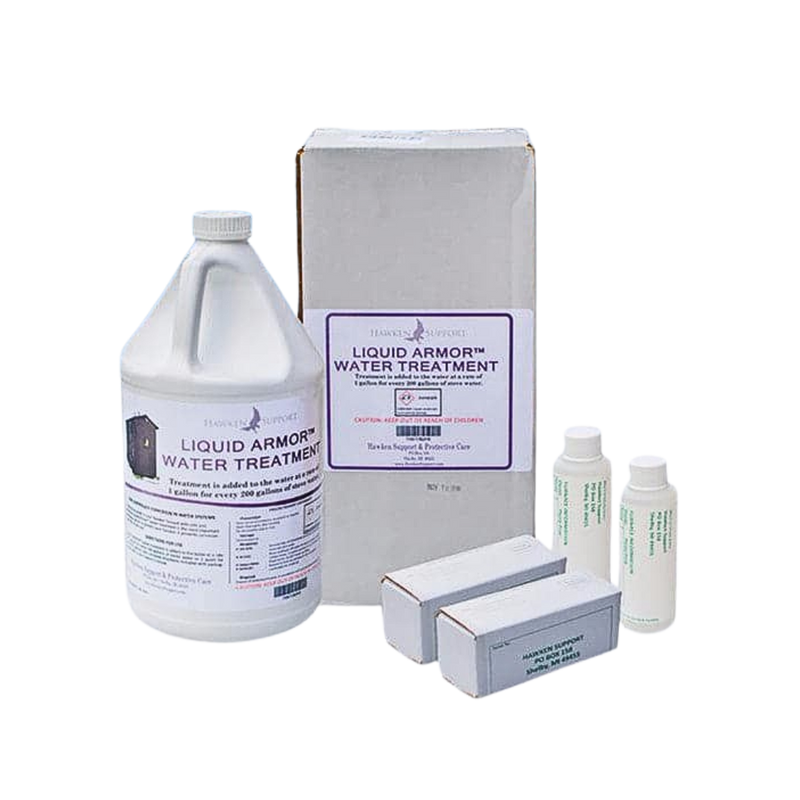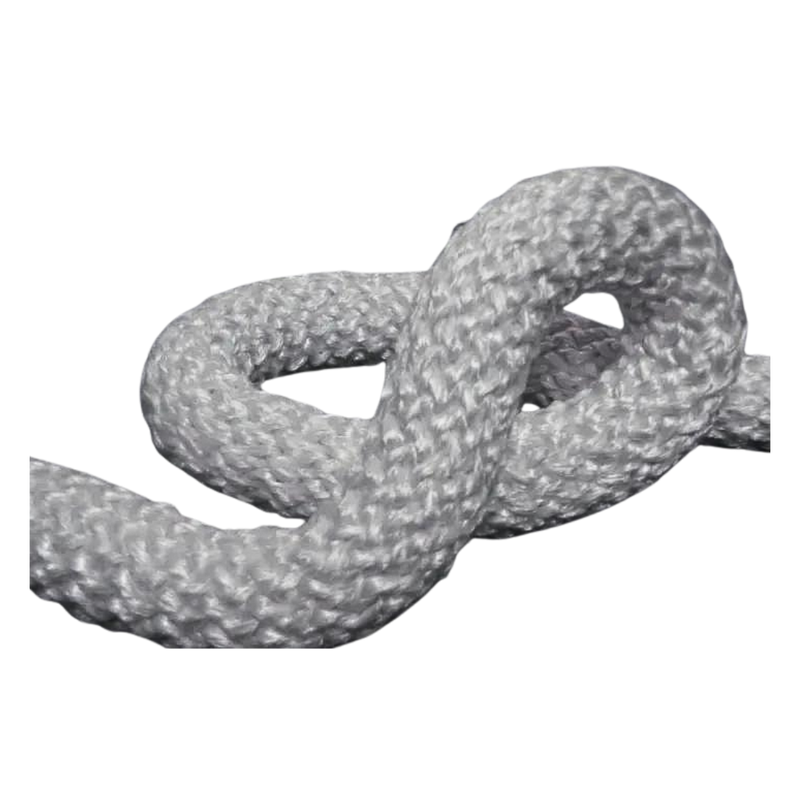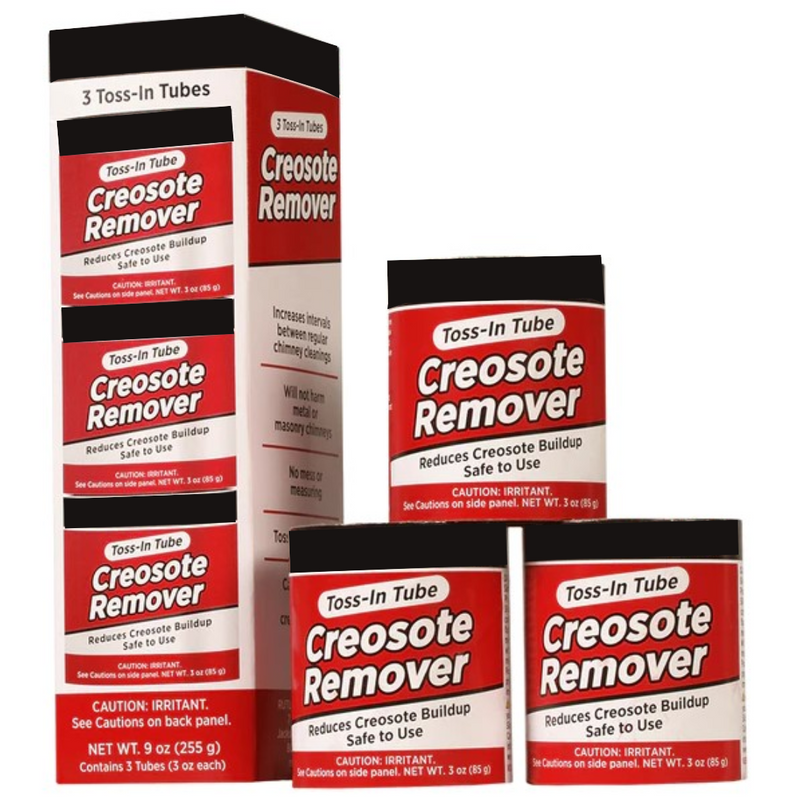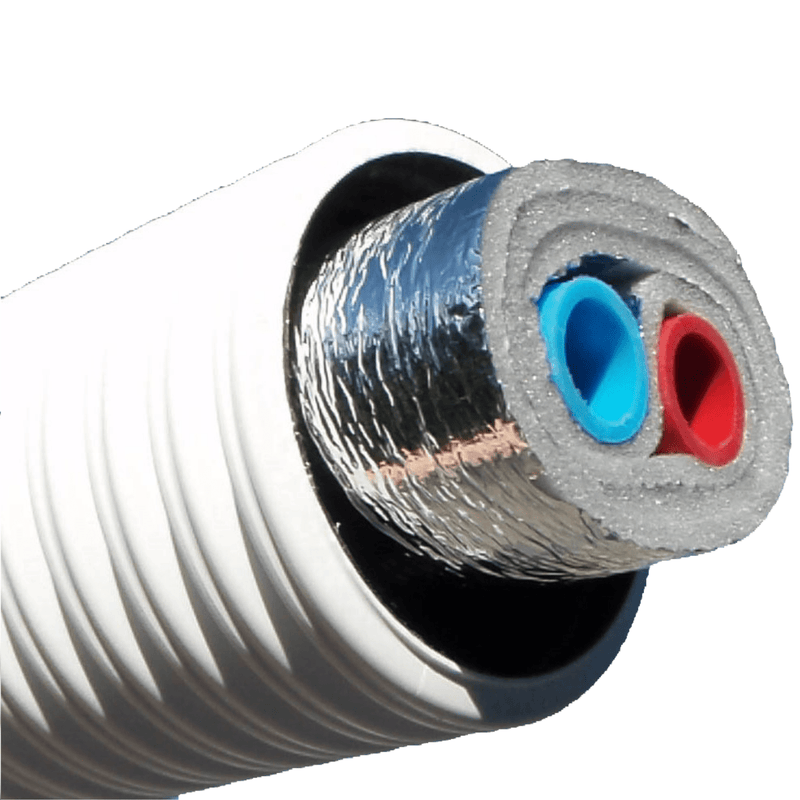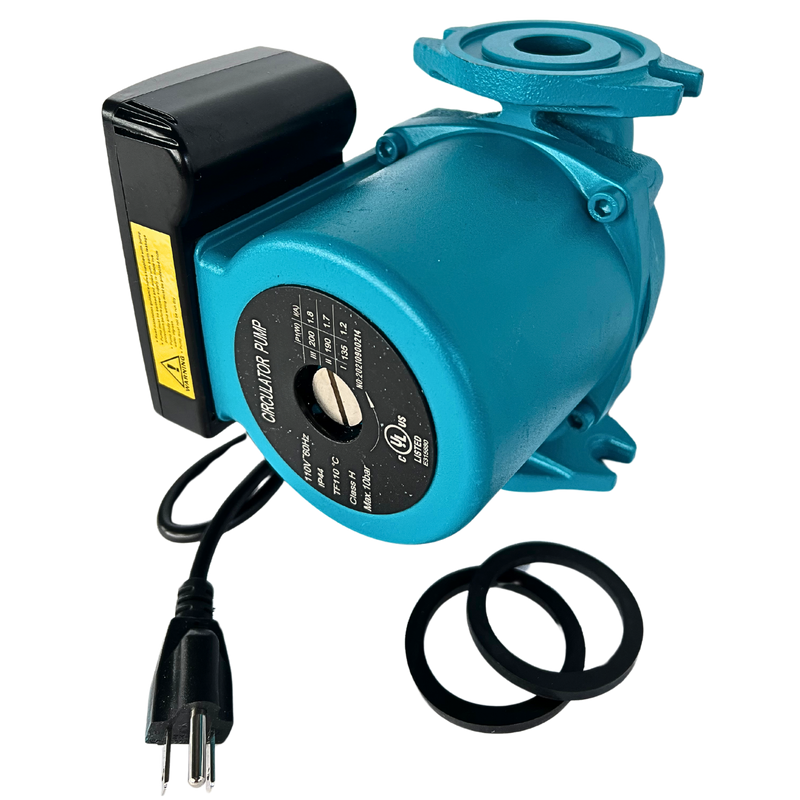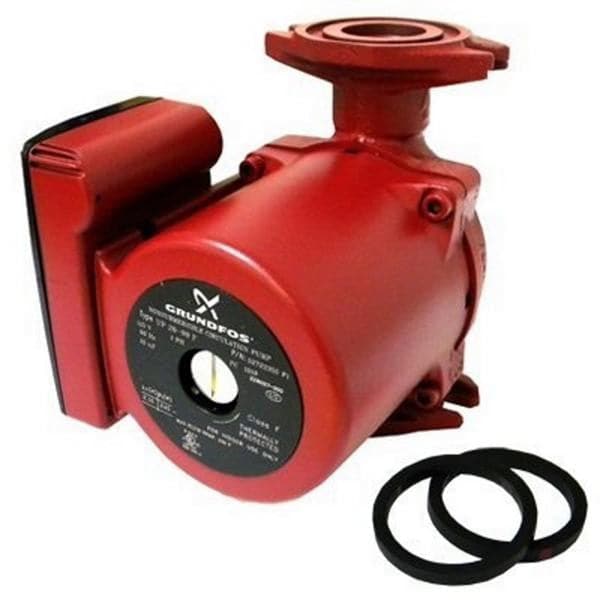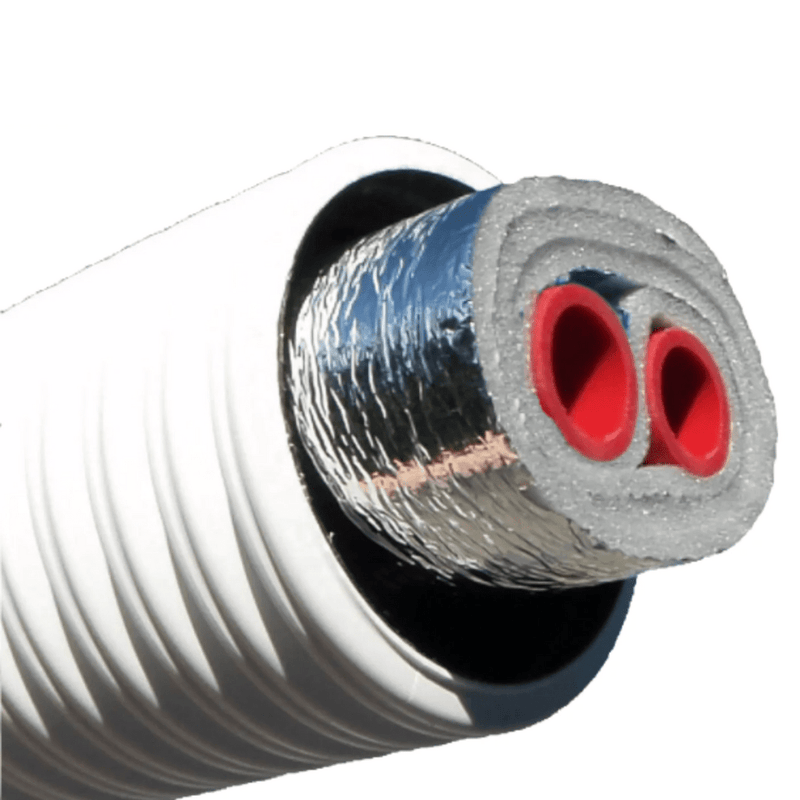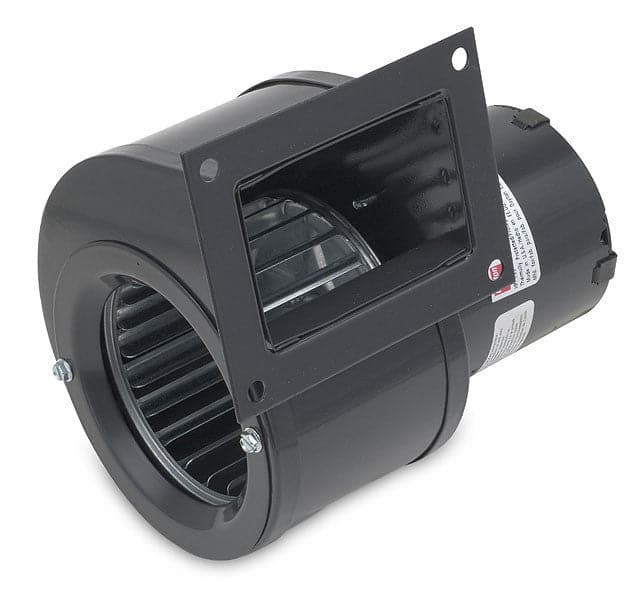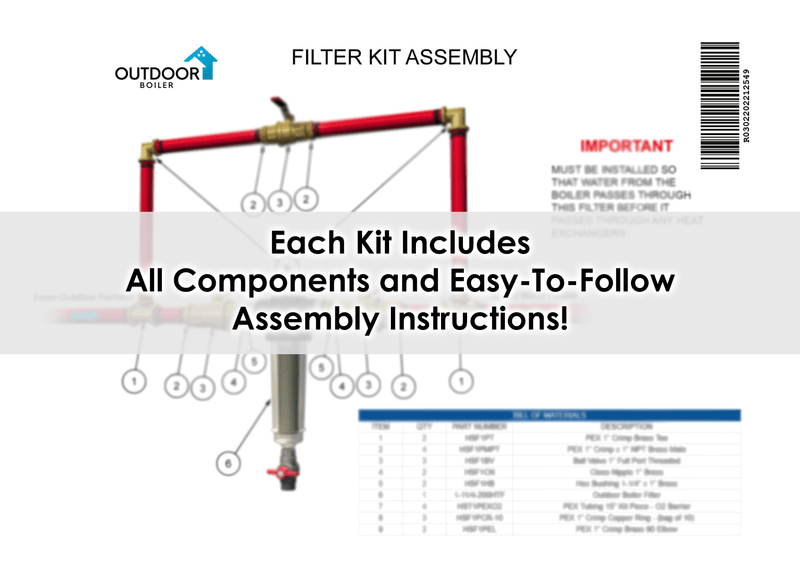All You Need to Know About Filling Your Outdoor Wood Boiler

All outdoor wood boiler owners are married to their wood boilers. Why? It is because outdoor wood boiler owners should feed their boilers twice a day (more times if the weather is too cold which means outdoor wood boilers need more firewood), plus the maintenance and repairs. Basically, outdoor wood boilers will become part of the owner’s family. In return, the outdoor wood boiler would give back to owners by keeping their families toasty warm for decades.
But if you are asking why you are feeding your outdoor wood furnace more than twice (even if it is not during winter), well we have the answer just for you!
REASONS WHY YOU ARE BURNING TOO MUCH WOODS?
High wood consumption can be caused by a number of factors. First, keep in mind that wood contains energy in the form of BTUs. Your outdoor wood furnace converts that BTU heat energy from one form (wood) to another (hot water) so the heat can be used in your home or building. If your outdoor wood furnace is consuming the wood, those BTUs are going somewhere. If you think you are burning too much wood, then the question you will want to answer is "Where did those BTUs go?" You want that heat energy to go into your home, not somewhere else! Let’s look at some common culprits:
Firewood is Not Properly Seasoned
A big culprit to burning too much wood is this: The wood has not been properly seasoned. If your wood is not properly seasoned, technically you are burning almost 40% of your woodpile just to burn off the moisture in your wood! Just because your wood was cut 1 year ago doesn't mean it's been properly seasoned; in other words, wood that has been cut for a long time does not equate to being dry enough to burn.
For gasification and other high-efficiency outdoor wood boilers, your hardwood must be properly seasoned for at least 12-24 months in order to get it to the moisture level necessary for proper operation. In other words, by autumn each year, you should be seasoning your firewood for the winter burning season that begins one year from that time.
If your wood isn't properly seasoned, you may have thick layers of creosote inside your boiler. You should remove those layers of creosote by tossing a creosote stick into your firebox once per week.
Bad Insulation
The next culprit is insulation in your outdoor wood furnace. If heat escapes your furnace, you will feel warmth if you touch the skin or roof of your outdoor wood furnace. Of course, the chimney and door frame will be too hot to touch but those spots are designed by the manufacturer to not be insulated. All other parts of the outdoor wood furnace should be insulated so no heat energy is lost to the outdoor atmosphere. The great outdoors will absorb an infinite amount of heat so make sure your insulation is high quality and all in place.
Poor Quality Underground PEX
Check your underground pipe for parasitic heat loss. You may want to perform a "Delta-T" test which is simply a measurement of how much heat is lost in your underground pipes. The instructions for the Delta-T test are attached below. OutdoorBoiler.com only sells the highest-grade underground pipe – and at a cost that is less than half the price of many lower-grade competitor pipes. Make sure your underground pipe has a heavy outer casing (but not too heavy that it cracks), triple wrap insulation, and a true radiant barrier. CLICK HERE to get the best Underground Insulated PEX for as low as $7.65!
If your Delta-T test shows that you are losing significant heat, you should follow the Delta-T instructions on locating the source of the heat loss. These include the following:
-
Uninsulated pipe in the back of the outdoor wood furnace
-
Uninsulated pipe in other cold areas – unheated basements or crawl spaces, etc.
-
Water in the underground pipe
If your Delta-T test shows only normal minimal heat loss, but you are still burning more wood, than you feel you should, consider the following other possible causes:
Ash Maintenance
If the level of the ash in your outdoor wood furnace is too high, this kills the efficiency of your outdoor wood furnace and far too much of your heat will just go out the chimney. As always, follow proper maintenance procedures outlined in your owner’s manual, and maintain your outdoor wood furnace properly. It is recommended that outdoor wood furnace owners not allow their ash level to rise above the bottom door frame. It is smart to only allow your ash to be about one inch deep in the bottom of your firebox. Also, all ashes and coals must be removed at least monthly and the inside of the firebox completely scraped out.
Proper Cleaning
All outdoor wood furnaces require some cleaning maintenance. Be sure to follow the manufacturer’s guidelines for proper cleaning so that your outdoor wood furnace will operate at its ideal efficiency. CLICK HERE to see our cleaning tools.













